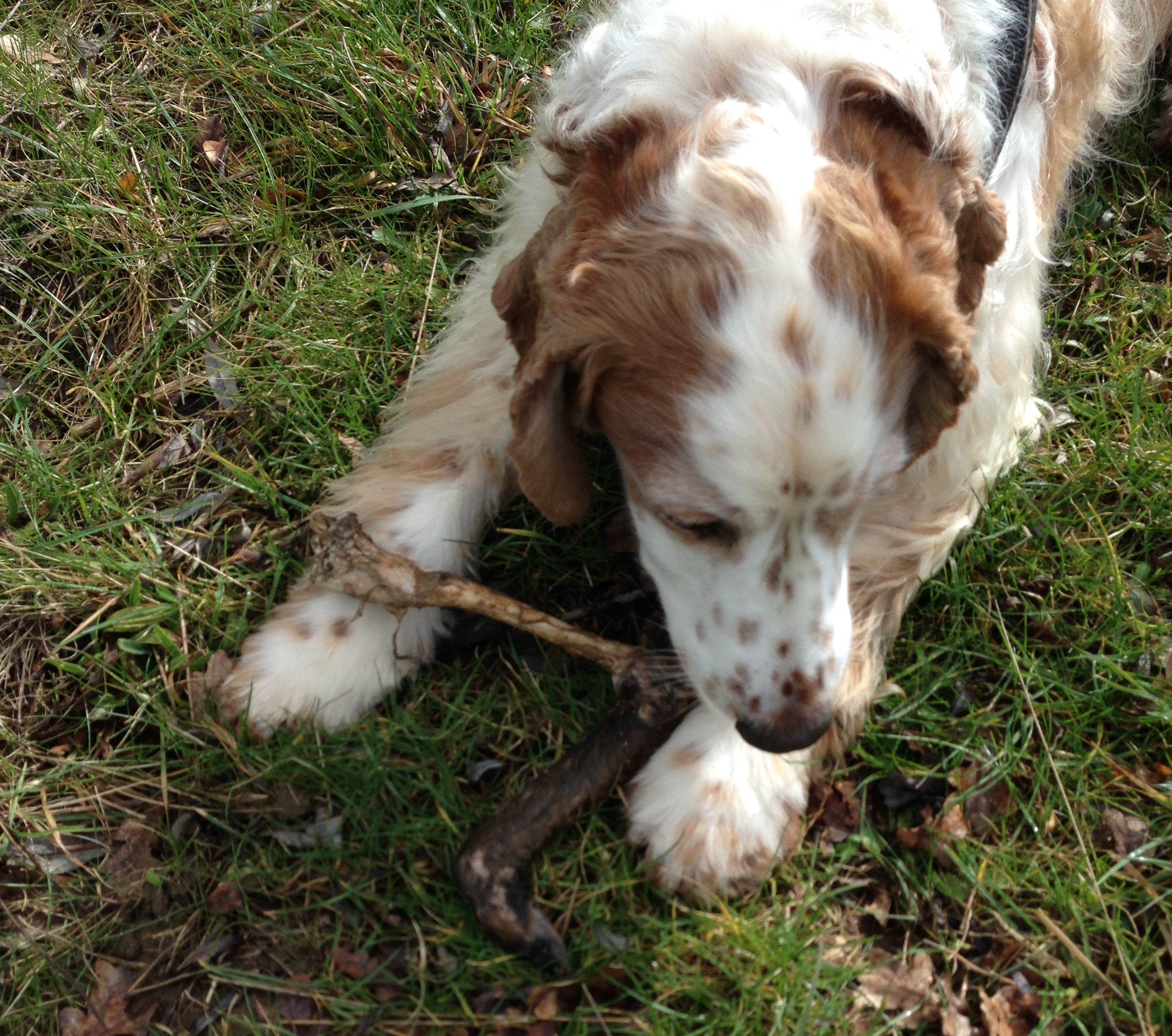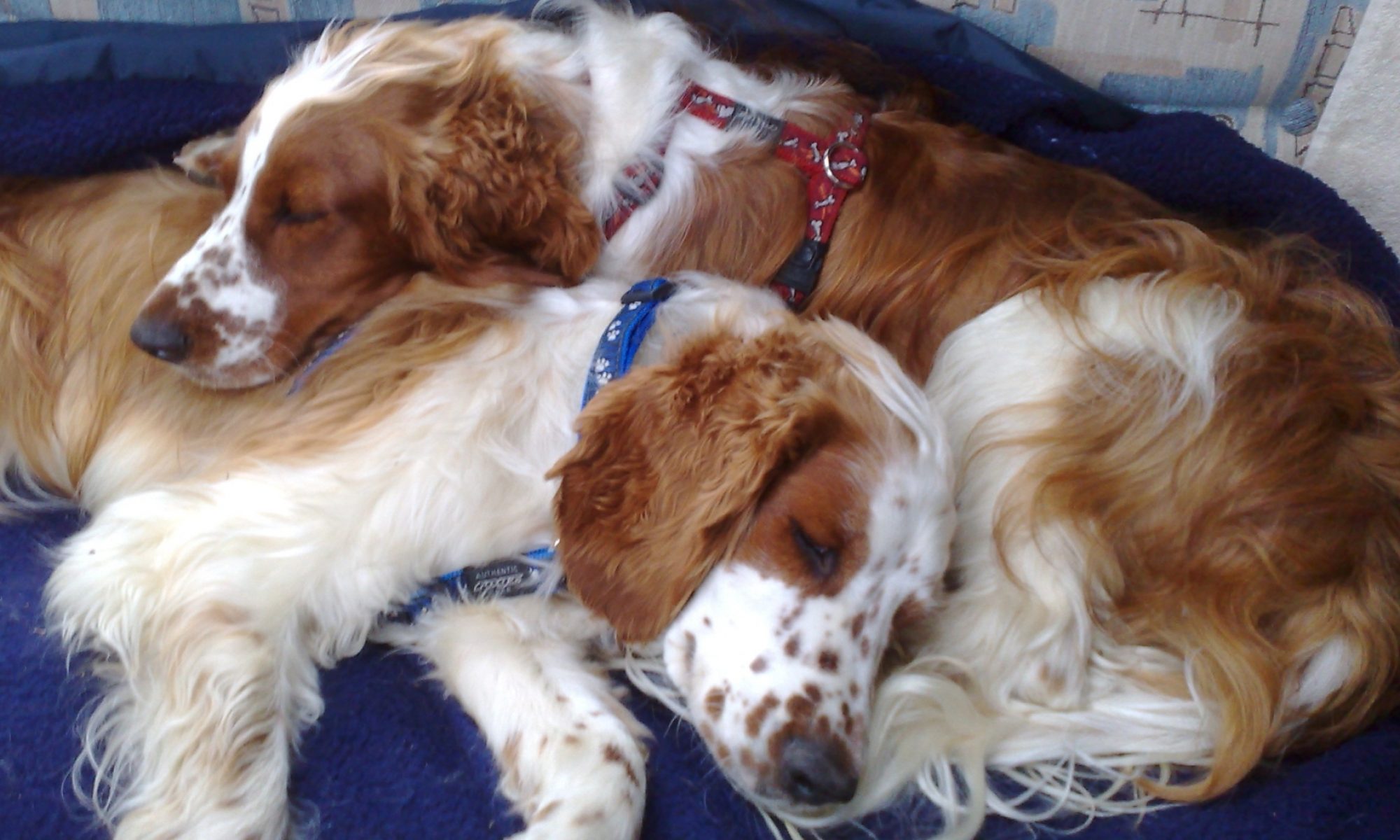Guidelines for Raw Feeding

In order to feed raw responsibly please consider the following guidelines.
Sourcing Food
Purchase raw dog food from DEFRA approved suppliers (UK).
If buying from supermarkets, check the ingredients - chicken might not just be chicken but might have had sodium added.
Ensure you understand the food you are buying if purchasing ready made - is it purely meat / bones / offal or is it a combination? If a combination, what are the bone and offal percentages?
Ensure you are feeding a nutritionally balanced meal (vegetables and fruits optional, depending on the feeding model selected).
Some butchers produce pet mince - ensure you know what has gone into the mince and the relative proportions, as some are not nutritionally balanced and have even been known to contain less suitable food.
Making the Move to Raw
Introduce raw appropriately. For an older dog introduce one protein at a time and have careful consideration of bones. Puppies can be introduced to new proteins much quicker.
Storage and Preparation
Keep frozen meats frozen. It is fine to defrost sufficiently to portion up a slab of meat providing the middle remains frozen and the meat doesn't get to room temperature. But refreeze immediately, and once meat has been defrosted to room temperature do not refreeze.
Pork, wild game and salmonid fish should be frozen at low temperatures for at least 2 weeks before feeding due to parasites.
Do not defrost in the microwave. This removes many of the benefits of raw feeding (the food is less nutritious), and if the food contains bone then these bits of bone will be cooked and become brittle.
Feed in a clean bowl.
Bones
Start with soft bones that are easy for the dog to digest (and if it has been on kibble for a number of years then consider not feeding any bones for at least the first week or feeding complete meals to allow the acidity in the stomach to build up).
Keep the bone content around 10-12%, subject to the dog's tolerance, to optimise nutrition.
Feed bones suitable to the size, age and experience of the dog. Don't offer bones that are small enough to be swallowed hole, particularly those that can form a plug in the throat such as oxtail. These are a choking hazard and can be very hard to remove should they get stuck. With an inexperienced dog the bone should be bigger than the head to avoid trying to swallow without appropriate chewing.
Don't feed bones that are small enough to be inhaled as doing this will cause the bone to get stuck in the windpipe.
If the dog is inexperienced or just too enthusiastic it may try to eat a bone too quickly. Holding the end of a chicken wing will encourage the dog to chew.
Supervise the eating of bones at all times. Bones can get stuck in the oesophagus and the dog may gag and try to bring the bone back up, but intervention may be required (such as the Heimlich manoeuvre or if a small dog then swinging from the back legs).
Be aware of what bones should and shouldn't be fed. Don't feed hard bones such as weight-baring bones from bovine - they are too dense and can easily fracture teeth.
Don't feed harder bones to a dog that is just starting raw feeding. The stomach muscle is unlikely to be strong and 'fit' enough to grind the bones, and the acidity in the stomach may not be strong enough to fully break down these bones. Start with soft, easy bones and consider giving apple cider vinegar to increase stomach acidity.
Don't give too big a bone in one go (for the weight of dog and level of the dog's experience) - too much bone, particularly early on, can lead to constipation.
Don't feed bones when young children are present as the bones are often viewed as high value food by dogs and children are likely to be perceived as a risk to this food.
Don't feed cooked bones - the cooking process makes bones more brittle, increasing the likelihood that they might splinter and cause internal injury to the dog. Cooking also destroys the nutrition contained in bones.
Don't cut or saw bones as this can make them sharp and dangerous.
If storing after a chewing session, rinse the bone under cold water and store in a plastic bag or container in the fridge.
If you do have bones that are unsuitable to feed, consider making a bone broth.
Organ meat
Organ meat is essential, but should be fed in controlled quantities as it is dense in fat soluble vitamins. Organs should comprise around 10% of the food, of which half should be liver and half another organ.
Know your organs - for raw feeding, organs refers to secreting organs such as the liver, kidney, spleen, testicles. Heart is not an organ as far as raw feeding is concerned (although it should also be fed in limited amounts).
Quantity
Start with feeding 2-3% of the ideal body weight for adults, and then adjust according to the dog's own weight - is he putting on weight or losing it? What is his body condition score?
Puppies need to be fed according to age and weight - they eat more for their weight in the early months, and this reduces as age increases.
Poo!
Learn to read your dog's poo. For non-raw feeders this is probably a taboo subject, but there's nothing more that a raw feeder likes than a good poo discussion! Learn to recognise what too little or too much bone looks like, recognise undigested bone, volume and firmness.
Cleanliness
Clean surfaces where raw food is prepared and eaten in the same way as you would clean surfaces where you prepare your own raw food. Raw is not dangerous if basic cleanliness rules are adhered to.
Wash bowls and utensils directly after meal times, preferably in very hot, soapy water.
Wash hands after preparation / feeding.
General
Don't neglect all other dog health advice just because you raw feed - this is one tool in keeping a dog healthy.
Don't high the fact that you feed raw from your vet - raw feeding changes certain blood values (although sometimes vets will request that a dog be starved before blood work to reduce this difference) and the symptom you are visiting for could be due to the food you feed.
Keep an eye on the condition of your dog - is he losing or gaining weight? Do his eyes look bright? Is he sufficiently hydrated? Does his coat shine?
